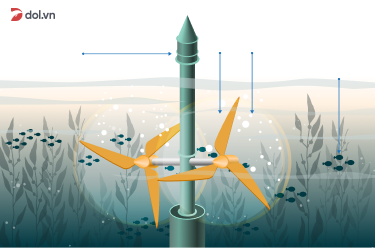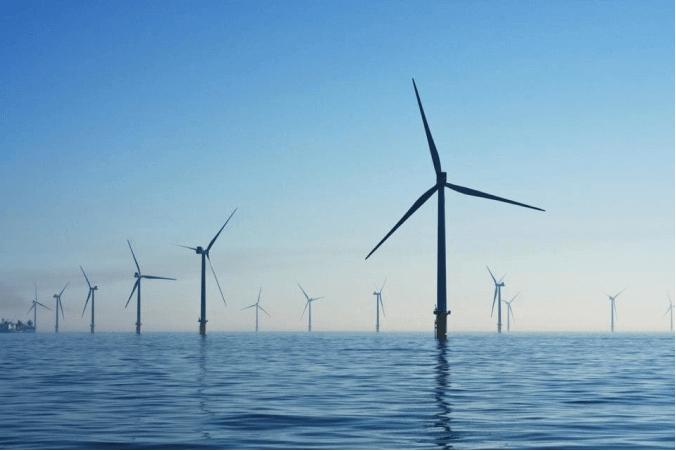Tidal Power IELTS Reading Answers with Explanation
Luyện tập đề IELTS Reading Practice với passage Tidal Power được lấy từ cuốn sách IELTS Cambridge IELTS Practice Test 9 - Test 3 - Passage 2 với trải nghiệm thi IELTS trên máy và giải thích đáp án chi tiết bằng Linearthinking, kèm list từ vựng IELTS cần học trong bài đọc.
📖 Bài đọc (reading passage)
❓ Câu hỏi (questions)

🔥 Answer key (đáp án và giải thích)
Giải thích chi tiết
Với Linearthinking
Tip: Đối với dạng Matching Information, nên làm cuối cùng sau khi đã làm các dạng câu hỏi khác, vì lúc này bạn đã phần nào nắm được bố cục bài đọc => có thể tìm info nhanh hơn.
Step 1: Đọc hiểu câu hỏi & imagine paraphrase
Imagine: location - phải có tên riêng của địa điểm đó. Đặc điểm nhận dạng: tên có viết hoa
Step 2: Tìm thứ imagine


